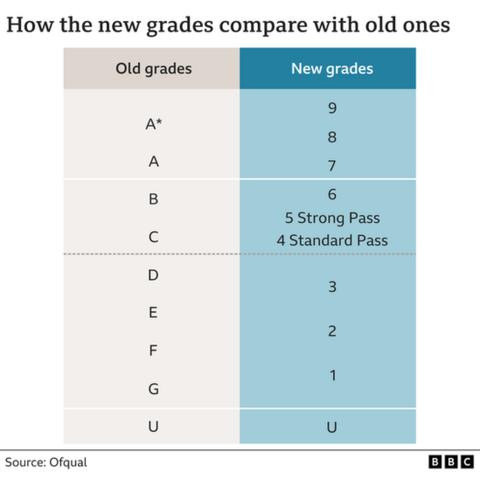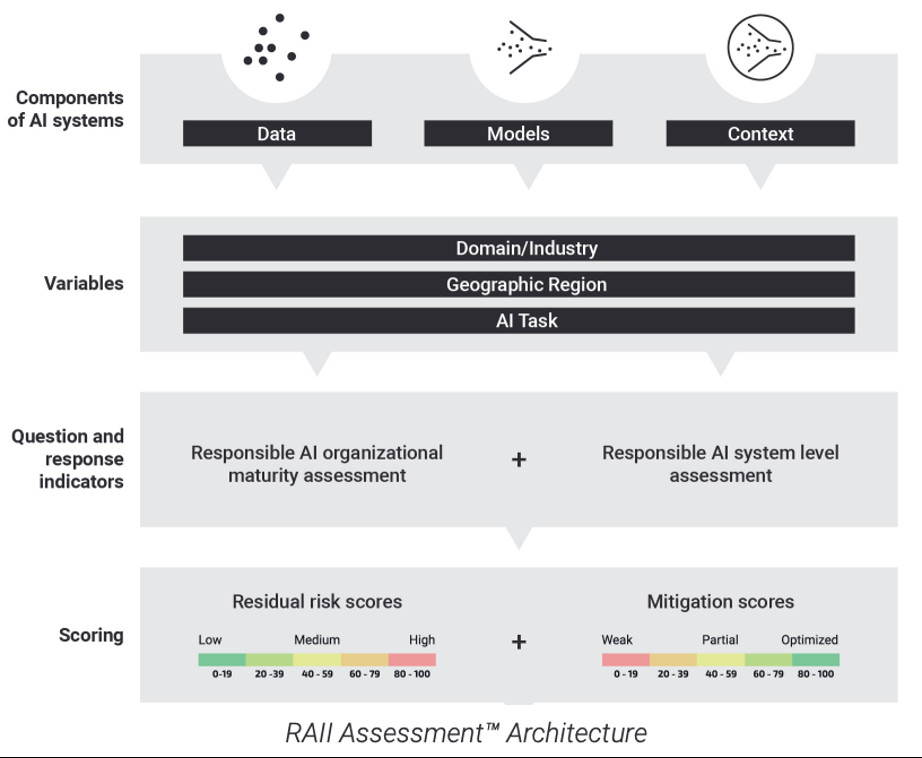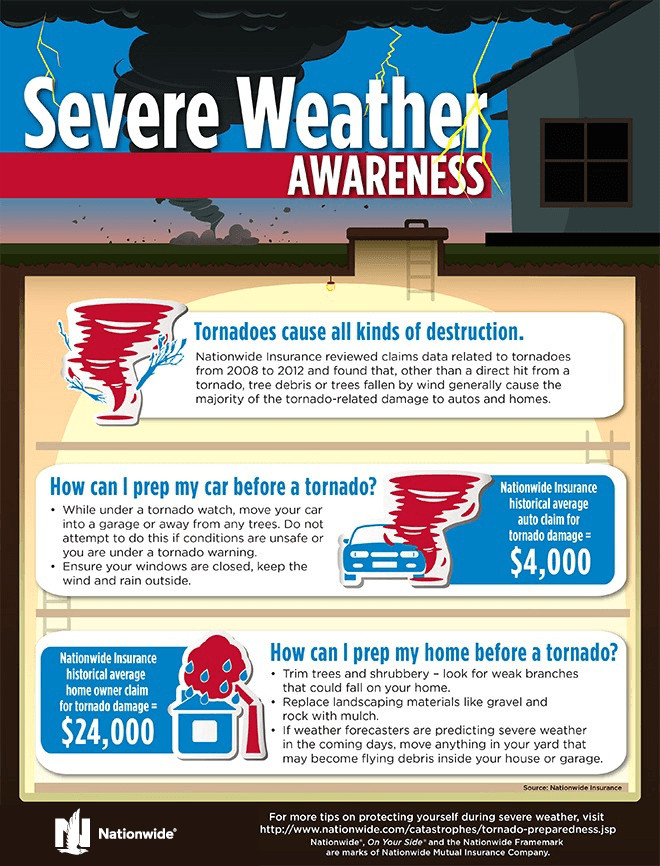Millions of young Brits who left school this year are set to discover their GCSE results this morning as they consider continuing their education or a move into the workforce.
The grade boundaries for the 2024 GCSEs are being released today - Thursday, August 22 - to give students an idea of how they have performed in this year's exams.
Fretting teenagers are about to learn their GCSE results this morning after years of hard work.
Pupils across the UK sat various examinations through to June 19, with their grades used to determine the college and studies they will take as they transition to further education or into the world of work.
Students taking GCSEs in England will receive grades from 9 to 1, with 9 being the highest grade. Grade 4 is the new equivalent to a C with Grade 9 equivalent to an A*. Grade boundaries - the minimum number of marks to qualify for each grade - are decided after GCSE exams are marked and are usually released on results day.
How Do the New GCSE Grades Work?
The new grading system, introduced in England in 2017, replaced the traditional letter grades with a numerical system from 9 to 1, with 9 being the highest. This system aims to better differentiate between high-performing students and clearly distinguish between old and new qualifications.
Here's a breakdown of the new system and how it compares to the old letter grades:
- 9 = High A*
- 8 = Low A* or high Grade A
- 7 = Low Grade A
- 6 = High Grade B
- 5 = Low Grade B or high C
- 4 = Low Grade C
- 3 = Grade D or high E
- 2 = Low Grade E or high F
- 1 = Low F or G
What is a Standard Pass?
A standard pass is a 4, while a strong pass is a 5. Schools are encouraging students to aim for at least a 5, as the Government's school league tables display the percentage of pupils achieving a grade 5 or above in English and maths, as well as in the English Baccalaureate subjects (English language and literature, maths, sciences, geography or history, and a language).
GCSE Results Day 2024: Key Information
Today (Thursday, August 22), thousands of students are receiving their GCSE results from this summer's exams. Schools received all the results on Wednesday and they are typically available for collection from 8am on Thursday morning.
Each school has provided instructions on how and when students can collect their results. There is also significant interest in the grade boundaries for 2024, which indicate the minimum mark required this year for the awarded grades.
This provides a more detailed understanding of performance, showing whether a student barely achieved the necessary grade or narrowly missed it, which could influence the decision to appeal the results.
2024 GCSE Results: What to Expect
In England, Ofqual, the exams regulator, anticipates this year's results to be "broadly similar" to last year, when grades returned to pre-pandemic levels. In Wales and Northern Ireland, exam regulators aim to revert to pre-pandemic grading this summer a year later than in England.
The Covid-19 pandemic led to an increase in top GCSE grades in 2020 and 2021, with results based on teacher assessments rather than exams.
Where to Find the 2024 GCSE Grade Boundaries
Grade boundaries are only revealed on results day to alleviate stress among students, according to Ofqual - the Office of Qualifications and Examinations Regulation. The grade boundaries for GCSEs and A-Levels are not predetermined but are established after all exams have been marked.
Here are the links to find the 2024 GCSE grade boundaries for each exam board:
- AQA: A full list of AQA GCSE grade boundaries is available here.
- Pearson Edexcel: A complete list of Pearson Edexcel GCSE grade boundaries can be found here.
- OCR (Oxford, Cambridge and RSA): A full list of OCR GCSE grade boundaries is available here.
- WJEC and Eduqas (Wales): A comprehensive list of WJEC GCSE grade boundaries can be found here. Please note that WJEC does not use the numerical grading system.
- CCEA (Northern Ireland): A complete list of CCEA GCSE grade boundaries is available here. CCEA also does not use the numerical grading system.
What Happens Next?
For many, the results will be good enough to send them to college as they continue their education, while others may opt to go into work and get a start on their careers. For others however, they may not have done quite as well as they were hoping. Happily, this is not the end as it is possible to retake exams up to a year after.
Resists in maths and English are held in November and May of each year. Others, such as science, can only be done in the summer time during the usual exam period. They can also be taken during gap years.
A New Chapter Begins
Today marks a significant milestone in the lives of millions of young people as they embark on a new chapter. Whether they are moving on to further education, entering the workforce, or taking a gap year, the GCSE results are a crucial stepping stone. Remember, these results do not define your future. There are many paths to success, and it is important to stay focused, explore your options, and find the path that is right for you.


















